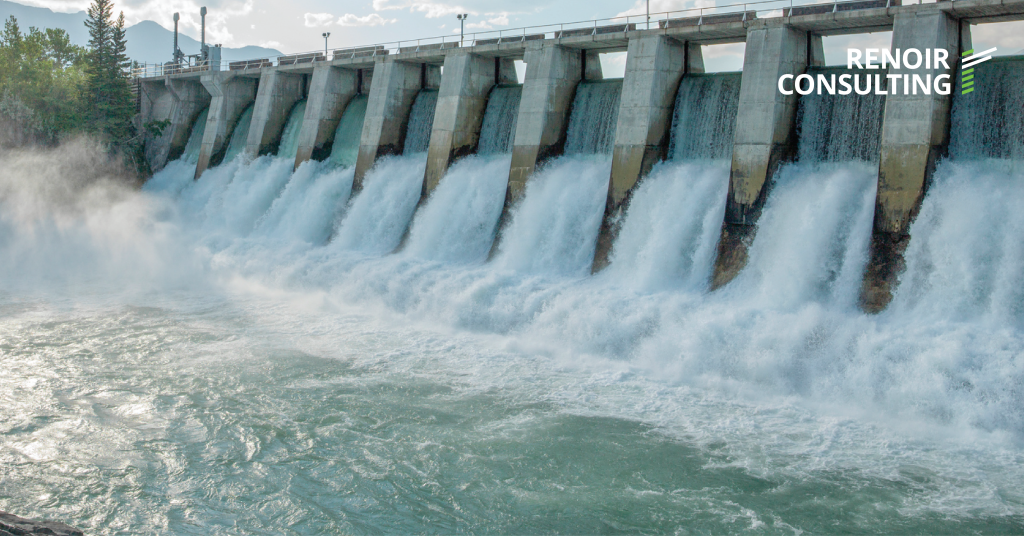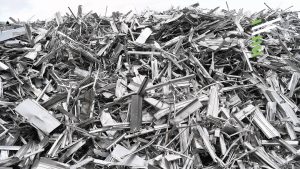At a Glance
Client initiated an Operational Excellence Project to improve reliability and optimise costs and proposed Renoir’s support to assess their maintenance function.
- Utilising Renoir’s Focus Process, and a program structured around Management Action Teams (MATs) and a Task Force, client saw desirable results.
- The end result included a redesign of the management control system, a complete review of processes and interfaces, and implemented changes for a more effective maintenance function that delivered a 4.3:1 ROI due to cost avoidance through improved labour productivity.
Key results
Training for the Maintenance Team, focused on improving the quality of information in the IBM Maximo system.
325 hours
Implementation of a Management Control System (MCS) focused on planning, scheduling, execution control, and the third-party hiring model.
Workforce productivity improved, along with service start time and Wrench Time by
50%
Achievement of a 4.3:1 ROI due to cost avoidance from improved labour productivity
Background
The client is a leading player in its home country’s hydropower sector, operating several significant hydropower plants in South America.
The Challenge
The client launched their operational excellence project with the strategic objectives of improving reliability and optimising costs. Given our specialised expertise within this area, the client engaged Renoir for support. Renoir conducted an analysis of the maintenance function’s organisation to assess the current situation compared to best practice.
The Maintenance Pyramid World Class Standard was used as a benchmark to clarify which processes, management systems and tools required improvement.
The primary intent was twofold:
1) To identify opportunities to fortify the core aspects of ‘Planning, Scheduling, and Control’.
2) To enhance the framework of the third-party contracting model.
Specific areas needing improvement were identified during the analysis, including:
- Lack of Availability & Downtime Management.
- Poor planning and schedule processes, or attainment measurement and metrics.
- Non-utilisation of Failure Mode and Incomplete Impact Analysis.
- Low Wrench Time – 52% (Productivity and Quality, an average across 5 Contracts).
- High level of rework and lack of procedures.
- Unreliable information contained with various systems.
- Lack of established supervision routines.
- Incomplete model for contracting services and a lack of fundamental information
Following the initial analysis, Renoir was invited to assist the client with an implementation programme to deliver the identified improvements.
The Approach
The Maintenance Excellence Programme is a structured methodology. The programme focused on improving and sustainable maintenance processes and management systems.
Project Approach
Management Action Teams (MATs): This program was structured around two Management Action Teams:
Maintenance Management: Focused on reducing downtime and improving productivity.
Third-Party Hiring Model: Included a review of contracts.
Multidisciplinary Groups: The MAT teams were formed by multidisciplinary groups that contributed to the development and implementation of management system elements.
Task Force: A full-time Task Force was established to assist the MATs in developing and implementing the required changes in their own areas. The task force, consisting of client staff and supported by Renoir consultants, actively contributed to the sustainable implementation. The MAT leader, MAT members, task force members, maintenance technicians, and engineers were also involved.
Post-Treatment Phase: The transformation programme focused on a culture of continuous improvement.
The Implementation
The program began with the Renoir Focus Process®, which was specifically developed to foster ownership and sustainability. We facilitated the review and critique of processes, procedures and key elements of the Maintenance Management Control System in collaboration with team members.
Below are some of the initiatives that took place, which includes:
- Entire execution team was trained in understanding and acting on gaps between actual and targeted performance.
- A weekly review meeting model was implemented, and the team was coached in addressing the root causes of performance variances using the improved management system.
- A total 325 hours of training was provided to the Maintenance Team, focused on improving the quality of information in the IBM Maximo system.
This process brought about several changes to the client’s way of working, which became integrated into their standard practices within maintenance and contracts. Some of the changes include:
- Implementation of a structured system featuring Weekly Review Meetings, D-1 Meetings, and Maintenance Performance Reports
- Implementation of dashboards to monitor Maintenance Performance, Adherence Rate of Notes, Appropriation Rate, Work Sample, and Master Plan, providing a visual overview of key metrics.
- Adoption of an “open book” policy for proposed prices and introduction of checklists to ensure the technical, legal, and financial qualification of contractors.
Ready for a change in your organisation?
Results
The Maintenance Excellence Program achieved several key results for the client:
- Productivity Improvement: The program significantly improved workforce productivity across various disciplines. Service start time and Wrench Time improved by around 50% across several disciplines.
- Electrical Maintenance Labour Productivity: Increased to 73% actual vs a baseline of 49%.
- Mechanical Maintenance Labour Productivity: Increased to 72% actual vs a baseline of 52%.
- Cleaning Labour Productivity: Increased to 76% actual vs a baseline of 56%.
- Improved Data Accuracy: The accuracy of information in IBM Maximo increased to 91% actual, compared to a baseline of 76%. This was achieved through changes to processes and systems, which led to improvements in workforce productivity and the quality of notes in the IBM Maximo system
- The programme has redesigned the management control system, reviewed processes and interfaces, and implemented changes. Staff have acquired key skills, and a culture of continuous improvement has been established to support maintenance excellence.
*We have intentionally omitted client-specific details to maintain strict confidentiality.
Achieve revenue growth with proven MAT strategy.












